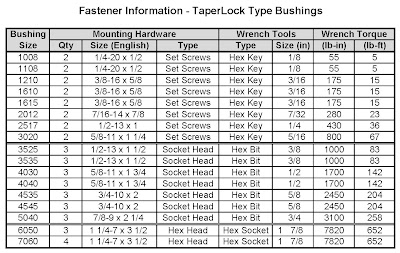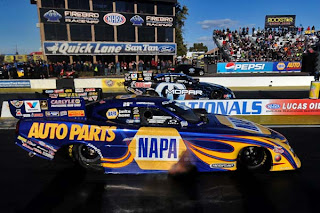Occasionally we get questions about using Poly Chain belts in a static safe environment. The simple answer is don’t do it. Our current Poly Chain belts use a carbon fiber cord. This cord is static conductive, but the polyurethane that makes up the body of the belt is not. This means that there is no way to guarantee electrical conductivity into the sprockets and then down to ground, which is necessary to dissipate the static electric charge that could build up in the system.
In the past, when the cord in Poly Chain was aramid, which is not conductive, the belts were sometimes used as an isolator. This cannot be done any more either, as again, the current cord is carbon, and there is a possibility that an electrical charge could be conducted by the cord from one sprocket to the next. In the rare instance where you need a belt to act as an isolator, this old construction can be ordered, but minimums and lead times will apply, and if you’ve never heard of a belt being used this way, chances are you don’t actually need it. Like usual, please contact us if you have any questions.





